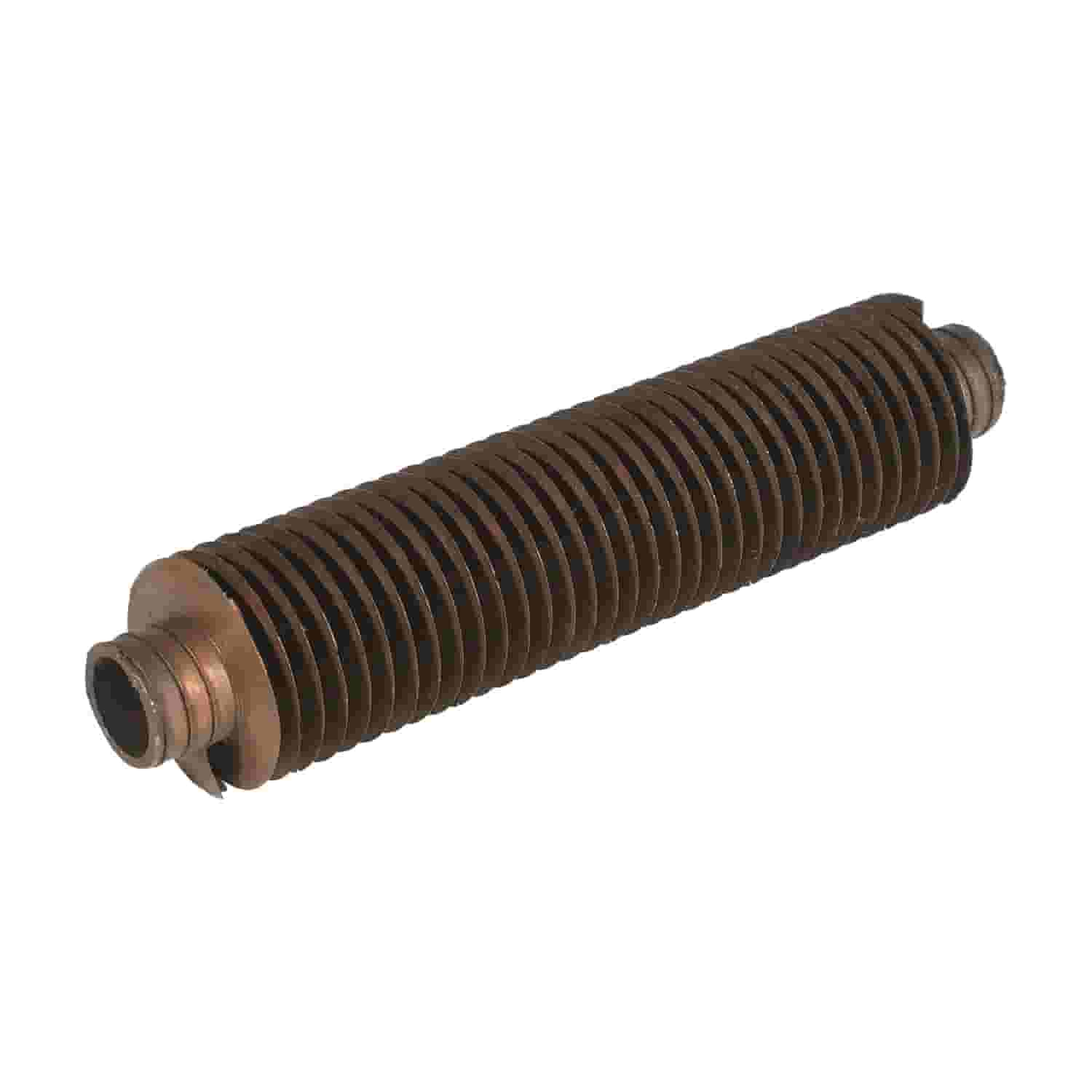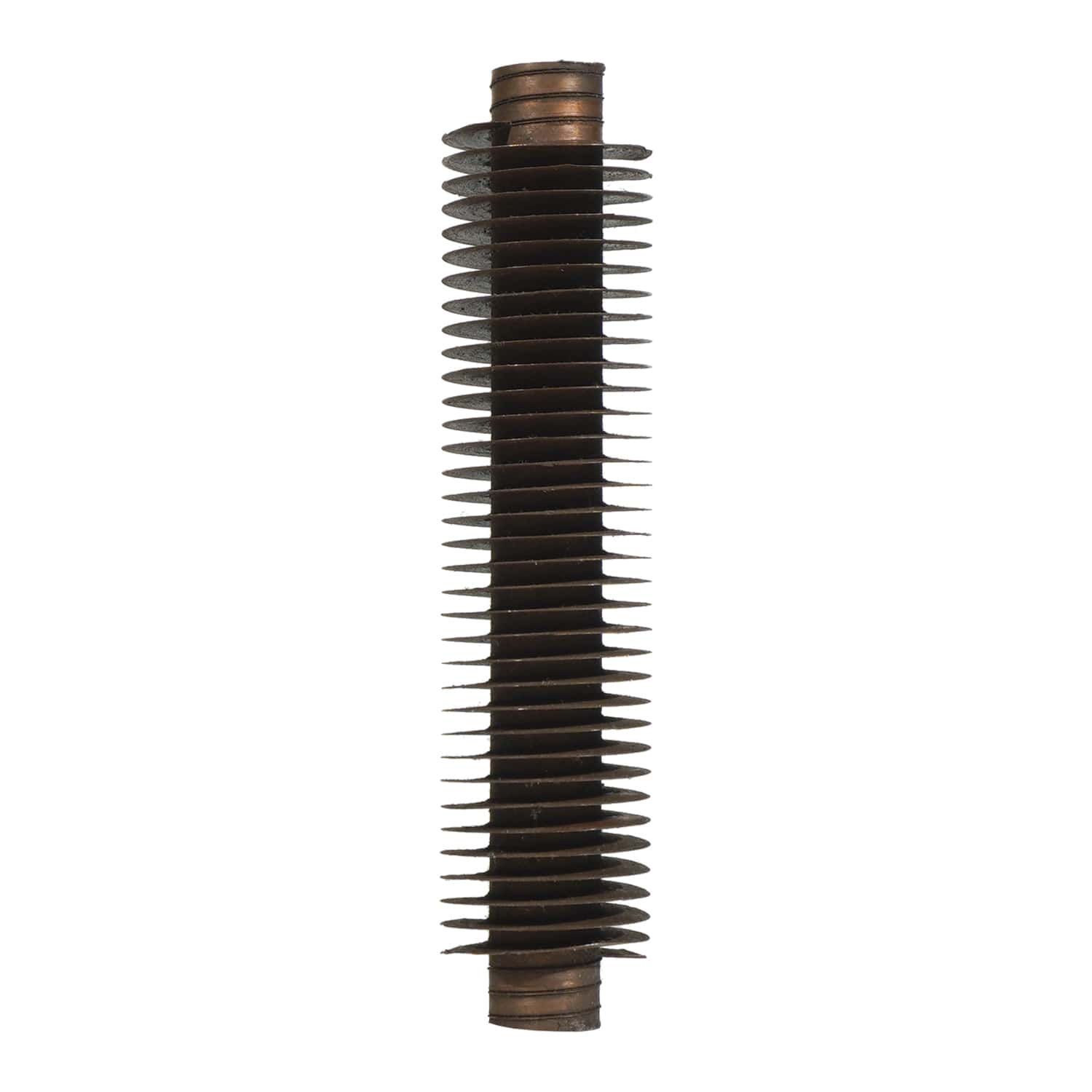What are the characteristics of G-type finned tubes? How to choose?
G-type finned tubes are more and more widely used because of their advantages. However, another factor limiting the opening of G-finned tubes is their production cost.
There are many factors that affect its production cost, but on the one hand, as long as the production force is advanced, the corresponding cost will naturally decrease.

G-type finned tube is a kind of electron tube, which is a voltage expansion element with high output impedance. Capillary and contact welding are current heating welding processes that require a low impedance input power source.
So the impedance of the two devices does not match, it is difficult to output more power. Only by changing the share of the oscillating circuit and properly adjusting the relative orientation of the contacts can the output be obtained.
G-type finned tubes provide basic power consumption for it, so reducing standby time will save power, thereby reducing production costs.

The actual standby time in the production of G-type finned tubes exceeds 50%. Using high-performance equipment will greatly reduce standby time, then increase power and reduce costs.
For the same strip, the possibility of a fracture zone is related to the welded structure. When the G-type finned tube jumps, it is also buffered by the spring. The elastic potential energy is proportional to the square of the displacement.
When the displacement changes by 5mm, the casting energy changes by 25 times. So it is easy to break the strip, making the pressure roller more likely to be damaged.
However, there is no spring in the pneumatic structure, and the casting force is mainly obtained by the pressure of the gas. When the G-type finned tube jumps, it will be buffered by the air pressure.

The four welding methods of G-type finned tubes are as follows:
1. Resistance welding method. Apply a layer of flux on the cleaned and polished tube wall, then string the fins on the tube, turn on the power supply at both ends of the G-shaped finned tube, melt the metal in the flux with a large current, and connect the tube and fins welded together.
Second, the immersion plating method. Metallic coatings are mainly zinc and tin, followed by cadmium. Before dipping, the tubes and fins are chemically treated to remove oxides and grease from their surfaces.
Clean nickel-molybdenum alloy steel with hydrochloric acid, sulfuric acid and oxidizer; clean carbon steel with cold hydrochloric acid and hot dilute sulfuric acid solution; copper fins can only be cleaned with dilute sulfuric acid.
After the G-type finned tube is oiled, it is treated with an ammonium chloride solution containing stannous chloride. Can be placed in a molten zinc bath.

Three, butt welding. When stringing the fins, select the corresponding electric welding machine and seam welding machine to weld the fins to the pipe.
In order to avoid deformation of the pipe during the welding process, it is usually necessary to connect the mandrel. When using this process, the perforated part of the fin is folded over to facilitate welding.
Fourth, the expansion tube method. Connect the G-type finned tube to the corresponding pressurized equipment, and expand the tube channel by hydraulic method, so that the G-type finned tube is tightly hooped on the tube.
